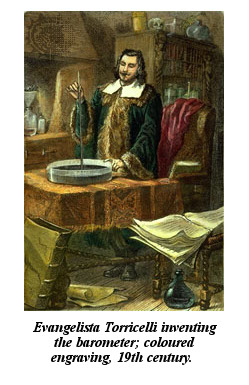 Whether it’s the Ebola virus or more commonplace “bugs,” we often hear about germs in the news. Check out this selection of noteworthy news items.
Whether it’s the Ebola virus or more commonplace “bugs,” we often hear about germs in the news. Check out this selection of noteworthy news items.
Good Morning America goes into a classroom to see how quickly germs can spread. (Our Glo-Germ powder makes a cameo appearance!)
http://abcnews.go.com/GMA/photos/video-classroom-experiment-reveals-quickly-germs-spread-26755004
In November 2014, Dutch researchers reported that 10 seconds of kissing can translate into 80 million germs moving from one person to the other.
www.webmd.com/news/20141117/every-kiss-begins-with-80-million-germs
Dirt as a source for new antibiotics? Huh?
Researchers have learned that bacteria can “communicate” with chemical signals.
www.sciencedaily.com/releases/2015/01/150121083640.htm
What’s the germiest place in most homes? That’s a good question… and the answers might surprise you and your students.
www.webmd.com/women/home-health-and-safety-9/places-germs-hide



 Posted by Donna Giachetti
Posted by Donna Giachetti 

 by: Priscilla Robinson
by: Priscilla Robinson by: Donna Giachetti
by: Donna Giachetti